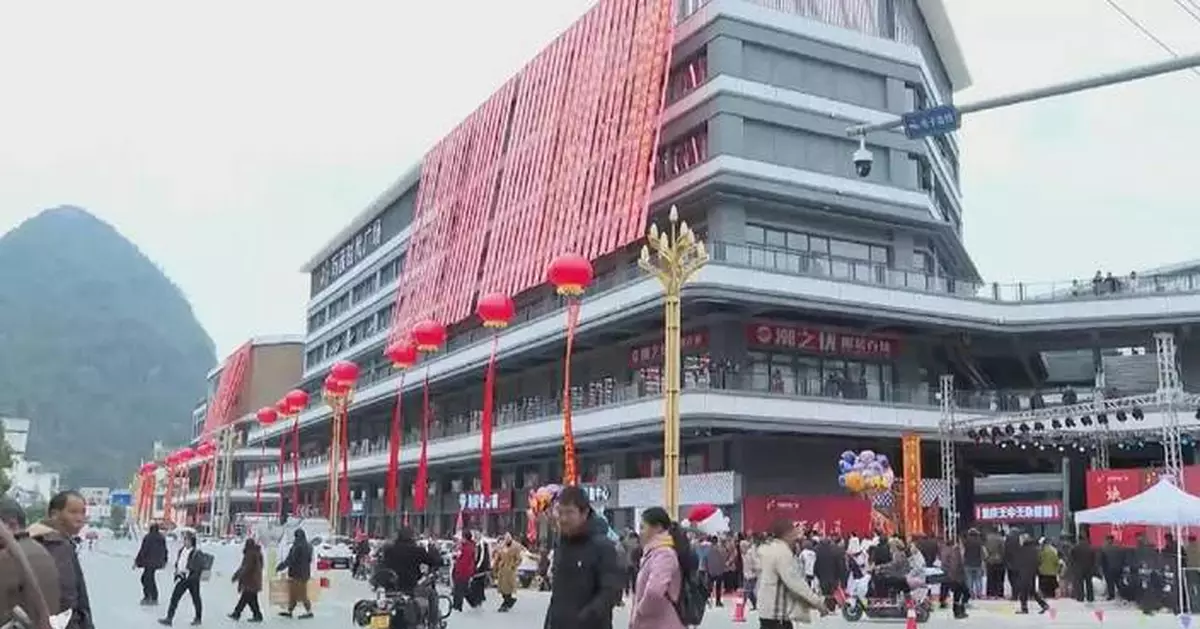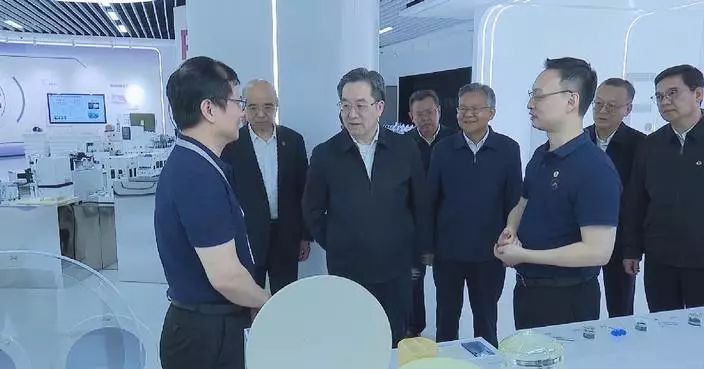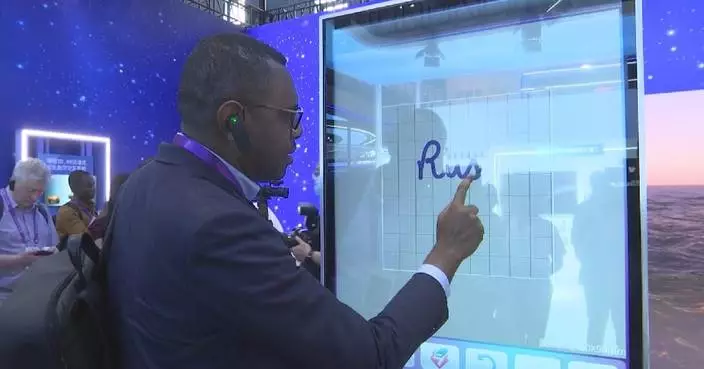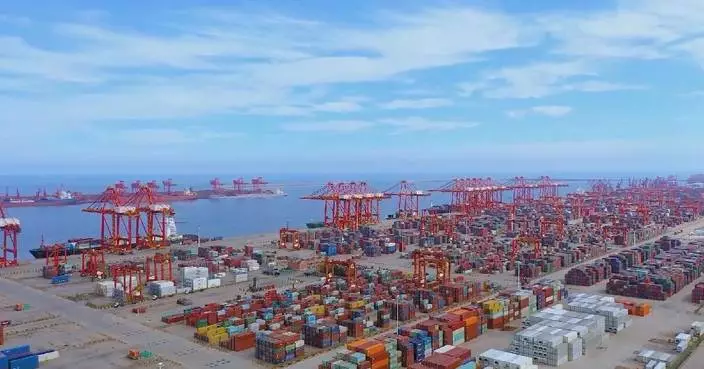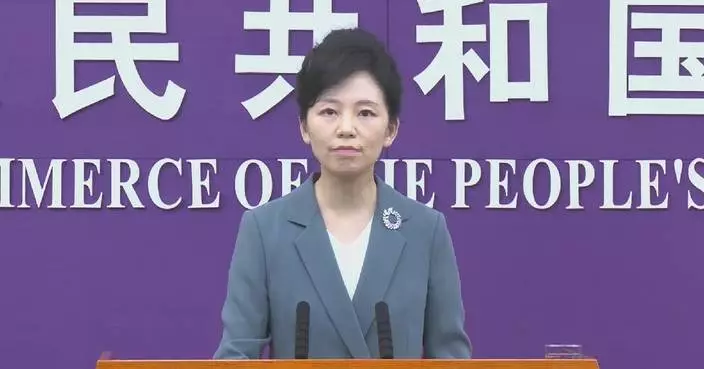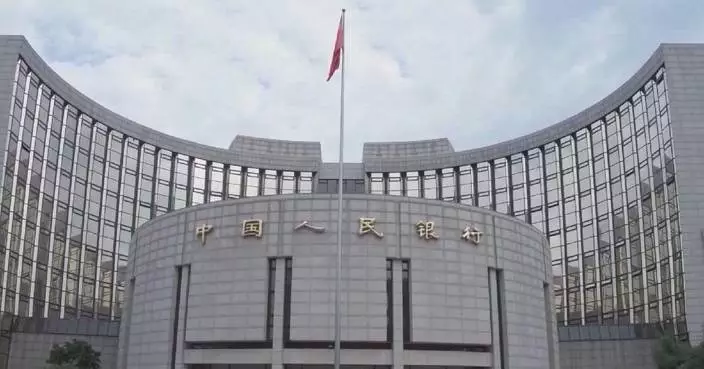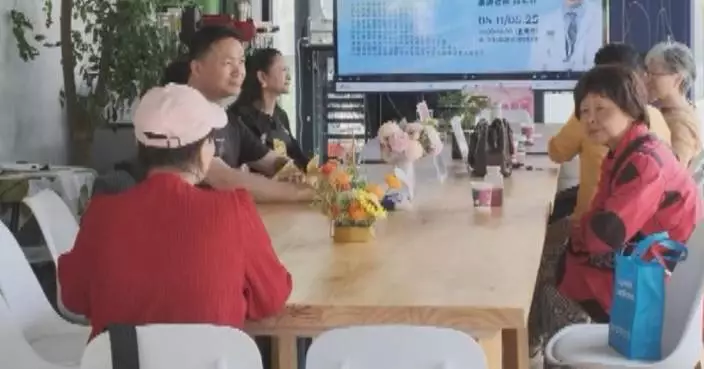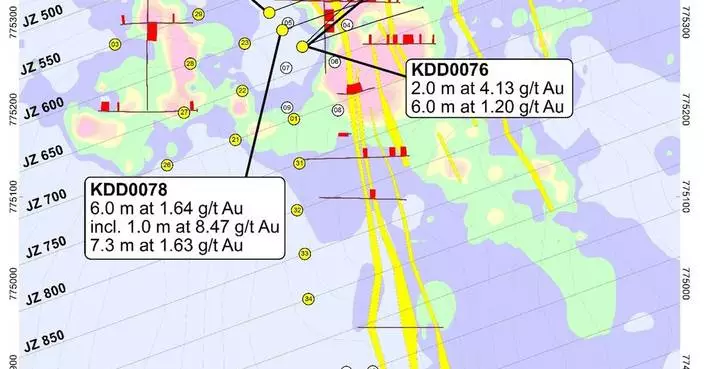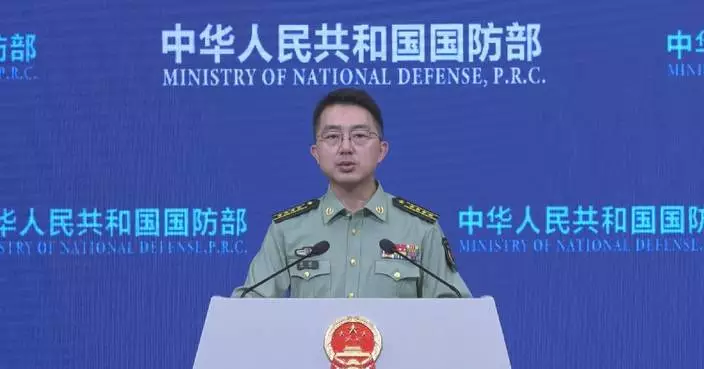With the traditional Spring Festival holiday just around the corner, commercial districts across China are upgrading comprehensive shopping malls and innovating models of marketing to attract consumers.
As the New Year began on Wednesday, a groundbreaking commercial complex opened in the small town of Xingjie, southwest China's Yunnan Province.
This is the first comprehensive shopping center ever built in a rural township in the province, covering over 30,000 square meters.
The center features a shopping mall, specialty streets, and a farmers' market, offering buyers a convenient "one-stop shopping" experience and injecting new life into the local community.
"This has brought a lot of convenience and efficiency to our lives, and there are so many more shopping options now," said Wu Yutian, a local resident.
While new commercial hubs in rural areas are going all out to boost sales, cities are also seeing transformations in their retail landscapes.
In Wuhan, central China's Hubei Province, the historic People's Paradise has undergone a modern renovation.
With a 14-meter-high transparent wall, 24 rotating screens, and concert-level lighting and sound systems, the nearly 1,000-square-meter atrium creates a festive atmosphere for the New Year.
"I was completely amazed when I walked in. It doesn't feel like a shopping mall at all -- it has a mix of classical charm and modern technology," said Ma, a local resident.
People's Paradise, a 100-year-old landmark in Wuhan, has been revitalized with restored towers, light shows, and a newly added cultural theater, transforming the historical site into a popular social media hotspot for visitors. The digital upgrades also provide social spaces for shoppers.
"These elements are stylish and modern. We believe they will be well-received by the market. They enrich our new consumption scenarios and align with current consumer trends," said Tian Jin, general manager of Wuhan Cultural Tourism Group's Urban Landscape Company.
Many brands are choosing to open their flagship stores in key commercial districts to maximize visibility. For instance, at the Chunxi Road Business Area in Chengdu City of southwest China's Sichuan Province, a new commercial complex has been developed by local companies, featuring over 200 trendy online brands and collaborations with top-tier domestic toy and plush brands, establishing a new type of fashion retail space.
In Ningbo City of east China's Zhejiang Province, a newly opened shopping center has created an urban cultural space filled with art. Visitors can explore various artistic installations, and the center has attracted 23 flagship stores, with more than 60 percent of them being first-time entries for the Zhejiang market.
In Shanghai, several shopping malls have made "debut" their key selling points. A mall in Jing'an District has introduced the global debut of a French artist's exhibition, alongside several brands making their first appearance in either Shanghai or China. This includes five national first stores and 20 Shanghai first stores, offering shoppers a truly exclusive experience.
Across China, these dynamic new commercial spaces are not only meeting the evolving demands of consumers but are also playing a pivotal role in driving the country's economic growth.

New commercial hubs spark consumption growth across China


